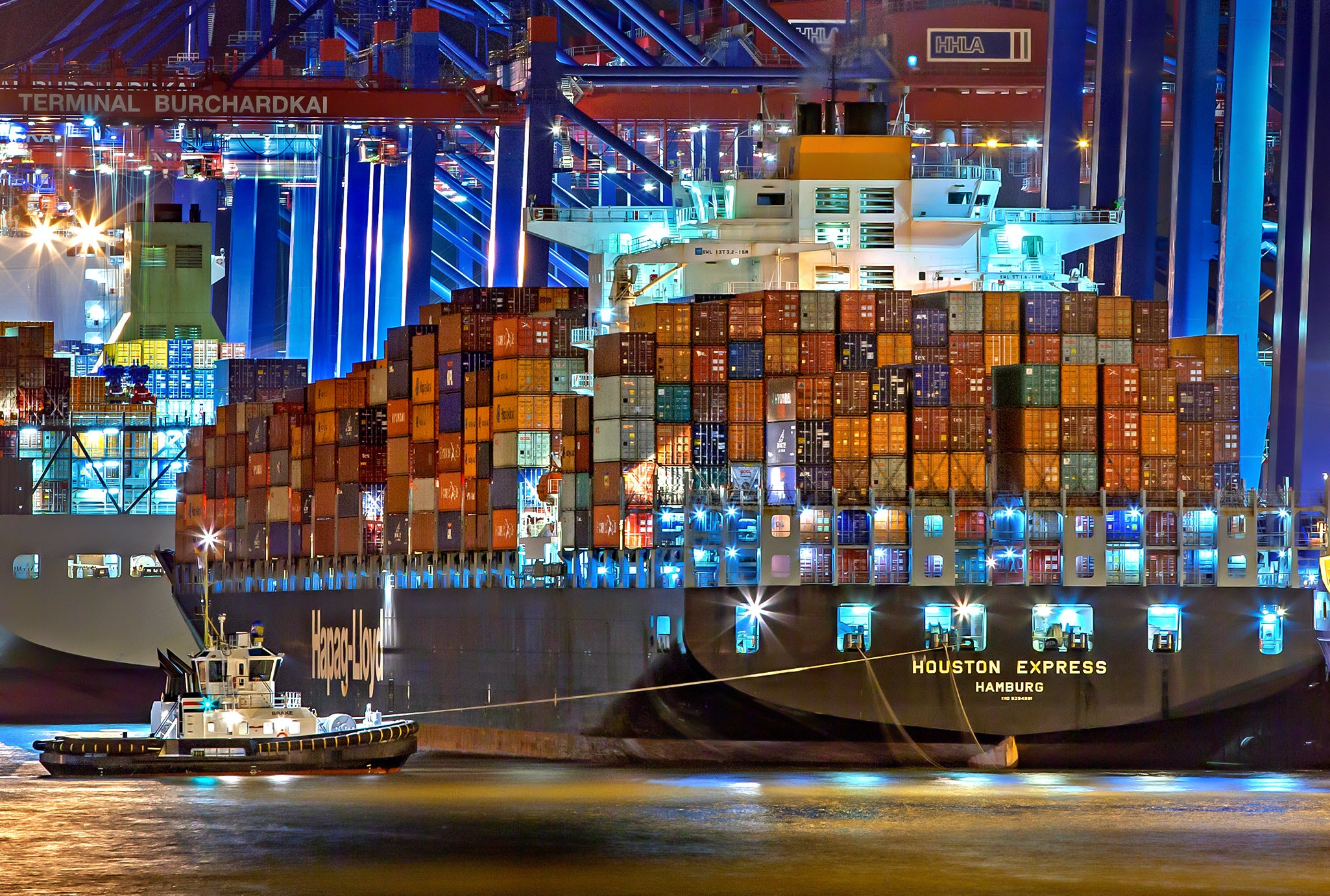
Shipping is finally made to pay for its pollution in year of bumper profits
2021 saw NGOs, shipowners and policymakers singing from the same page but with shipping profits soaring, the industry must move faster.
In early April, on the eve of the EU’s mammoth set of climate packages, we saw the first signs that the shipping industry was finally acknowledging the need to pay for its climate impact. In a T&E-led letter to the European Commission, Greek and Swedish shipowners called on the European Commission to put the ‘polluter pays principle’ at the core of its new maritime carbon pricing (ETS).
This was a seismic shift. While Swedish shipowners have been traditionally quite progressive this certainly hasn’t been the case for the Greeks. They were both eventually joined by shipowners from other countries, including Italy, Malta and Cyprus, as well as Norway.
We knew that European carbon pricing for ships was coming. But the question was always how far it would go?
When the emissions trading system (ETS) was introduced for the aviation industry in 2012, it led to a major international backlash with airliners successfully orchestrating a coup d’état via the Obama administration against the EU’s decision to regulate aviation’s climate impact.
Despite the best efforts of environmentalists, it just wasn’t possible to get a scope of emissions coverage beyond the confines of the EU. This left it up to the ineffective UN aviation body to manage emissions outside of Europe’s borders. The experience not only reduced the impact of aviation ETS, but also left the EU anxious to walk the same line again with shipping.
Yet in July, after a successful campaign by T&E, and the support we rallied from shipowners, the EU decided on a maritime carbon pricing which included not only ship emissions within Europe but also half of the emissions from journeys outside of the bloc. Although the scope could have covered all emissions in and out of the EU, in the messy political world of compromise, this was a pretty good result. For now.
Once the system is fully phased in, under current prices, ships will be required to pay more than €70 for every tonne of CO2 they emit. This will make the the world’s dirtiest fuel a third more expensive and incentivise a shift to cleaner alternatives.
Yet, should shipping be doing more?
Yes. Despite this, shipping still has an appalling climate record. Continued heavy reliance on the International Maritime Organization (IMO) is leaving the industry aimless at a time where bold targets and policies are vital if we are to decarbonise on time. UN chief António Guterres himself said on the eve of this year’s COP that shipping was on a 3 degree path, not the necessary 1.5ºC.
To add insult to injury, shippers were exempted from the global minimum 15% corporate tax requirements agreed by world leaders. All this despite emitting more greenhouse gas than the entire Germany economy.
All this in a year where container profits are soaring through the roof. The Covid rebound has seen the prices for container transportation soar tenfold. The container industry is now more profitable than Facebook, Amazon, Netflix and Google combined.
Europe cannot afford to wait for the consensus-based IMO to address shipping’s climate growing impact. It needs to lead the way by practicing at home what it preaches internationally. Pricing shipping’s pollution is a start, but it will need to drive the uptake of green hydrogen-based fuels. The introduction of its maritime fuels law is a start, but it must go further.
Shippers are milking it at the moment. They can afford to pay more for their fuel without significantly increasing costs for consumers. This is a fair transition. In 2021 we saw a greater acceptance that shipping needs to contribute its fair share. With cash abundant in the industry, now is the time to invest in clean fuels while the sun is shining.
